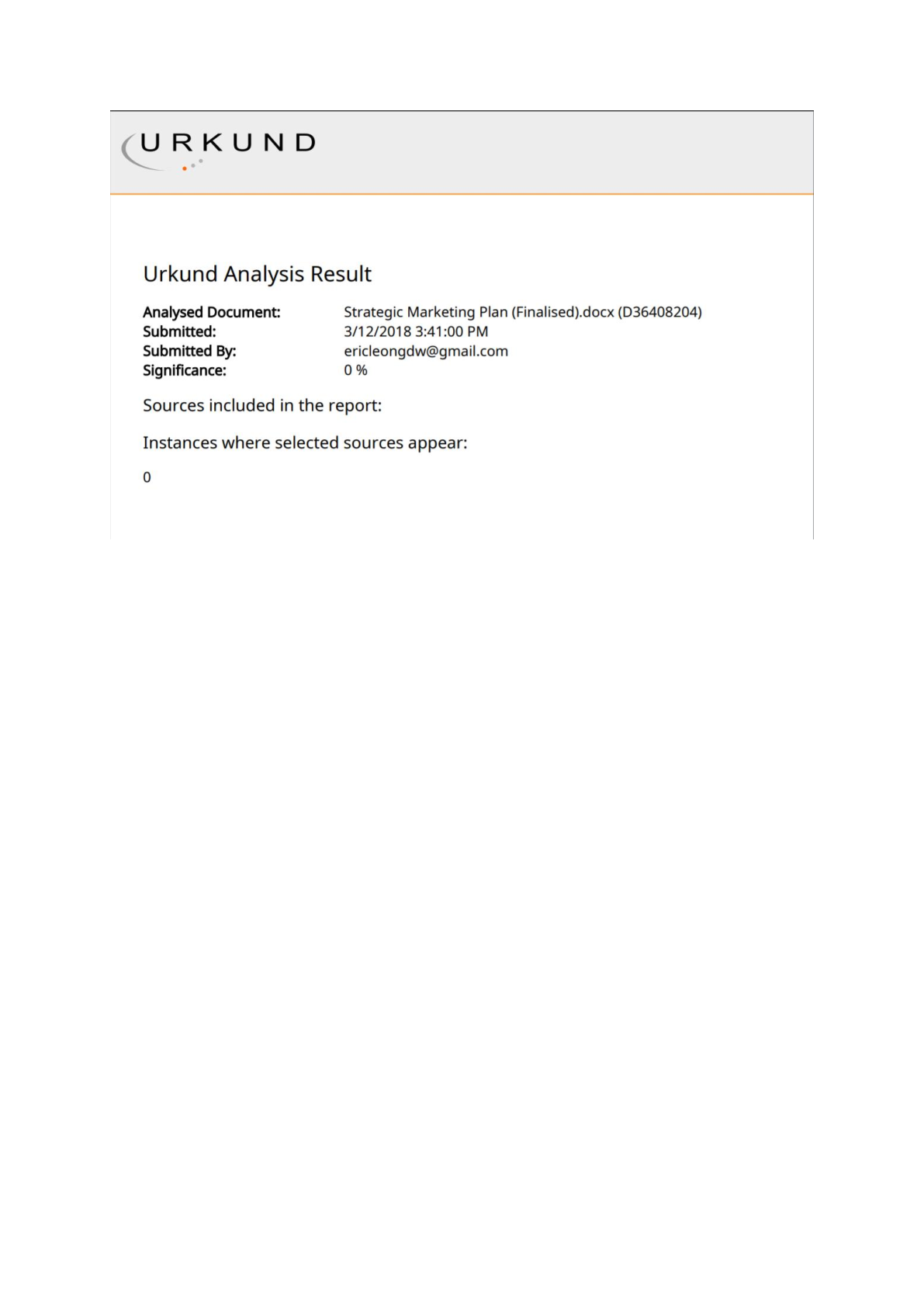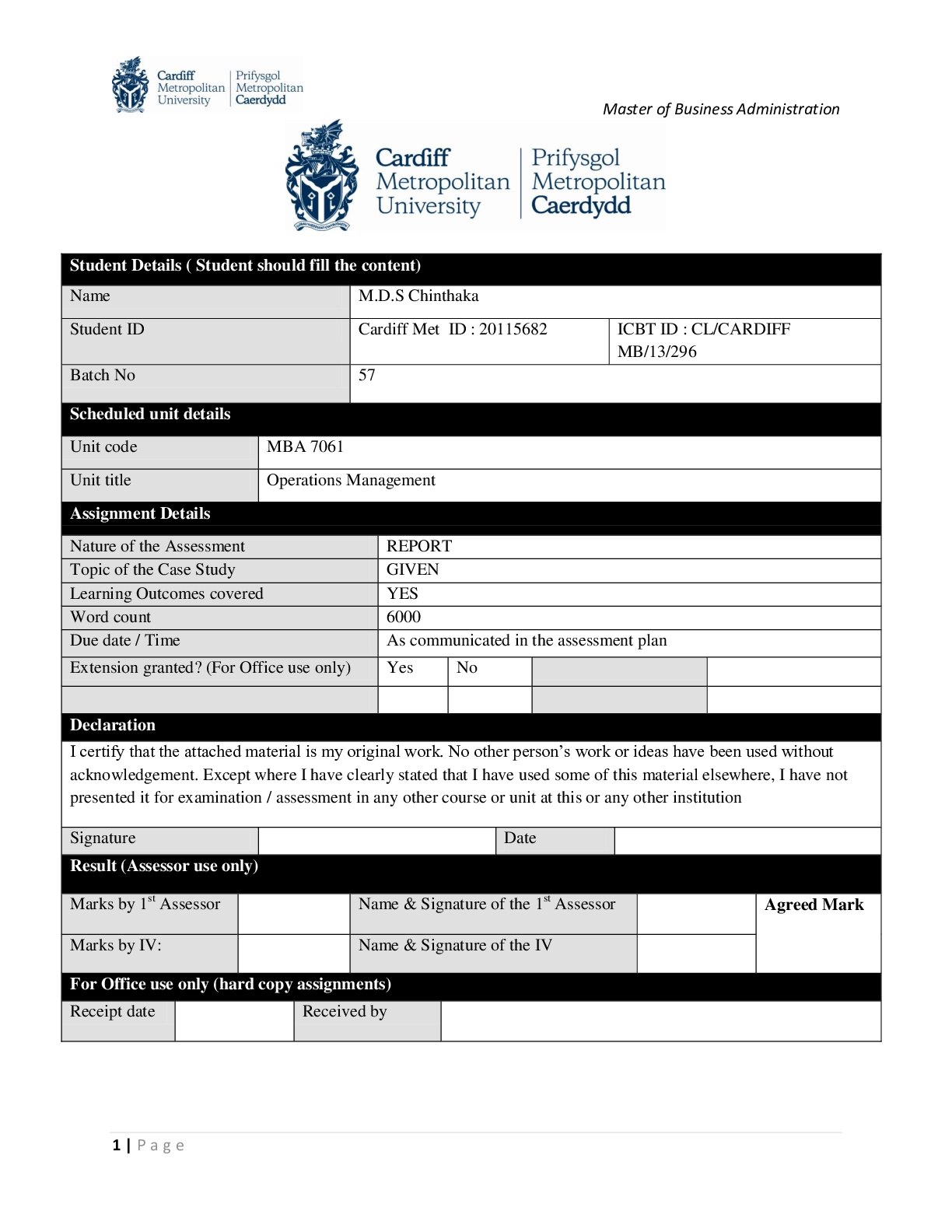Business Research > Thesis > Analyzing and Interpreting Credit Ratings and Rating Agencies, and Their Effects on Financial Market (All)
Analyzing and Interpreting Credit Ratings and Rating Agencies, and Their Effects on Financial Markets in the UK: A Research ProposaL ( 7. PAGES)
Document Content and Description Below
ABSTRACT Credit Rating Agencies act as information intermediaries between lenders and corporate and individual borrowers in a financial market. The information by Credit Rating Agencies has a signifi... cant influence on fundamental economic variables such as interest rates, financing opportunities, and default probability. The primary aim of this paper is to analyze credit rating agencies and their impact on the financial markets in the United Kingdom. The study will adopt online surveys and Stakeholder interviews as the primary source of data while literature review will form the secondary source of data. INTRODUCTION AND BACKGROUND INFORMATION Credit Rating Agencies (CRA) act as information intermediary between lenders and borrowers. LITERATURE REVIEW Credit Rating Agencies in Reducing Information Asymmetry Figure 2: Economic capital for a desired lender's rating in the UK Role of Credit Rating Agencies in the Capital Market Credit rating agencies (CRAs) assign ratings specific debt securities such as bond and notes as well as debt issuers such as government and corporations Influence of Credit Agencies in the Financial Market during Economic Stability and the Economic Turmoil States According to (Reinhart, 2002), borrowers are the most affected parties by Credit Rating Agencies than the investor. Figure 3: A Drop in Credit Rating during Economic Turmoil (Reinhart, 2002). RESEARCH QUESTIONS 1. What are the effects of credit rating agencies on a Country’s (UK) financial market? 2. What is the influence of CRAs on borrowers' creditworthiness? 3. What are effects of CRAs on investors' investment alternatives? Research objectives 1. To study the effects of credit rating agencies on the UK’s financial market. 2. To investigate the influence of CRAs on borrowers' creditworthiness 3. To understand the effects of CRAs on investors’ investment alternatives RESEARCH METHODS This research will be based on data collected from a wider range of primary and secondary sources which includes: CONCLUSION Reference Adams, M., Burton, B., & Hardwick, P. (2003). The determinants of credit ratings in the United Kingdom insurance industry. Journal of Business Finance & Accounting, 30(3‐4), 539-572. Afonso, A., Furceri, D., & Gomes, P. (2012). Sovereign credit ratings and financial markets linkages: application to European data. Journal of International Money and Finance, 31(3), 606-638. Blanco, R., Brennan, S., & Marsh, I. W. (2005). An empirical analysis of the dynamic relationship between investment‐grade bonds and credit default swaps. The Journal of Finance, 60(5), 2255-2281. Blume, M. E., Lim, F., & MacKinlay, A. C. (2008). The declining credit quality of US corporate debt: Myth or reality?. The journal of finance, 53(4), 1389-1413. Dhingra, S., Ottaviano, G., Sampson, T., & Van Reenen, J. (2016). The impact of Brexit on foreign investment in the UK. BREXIT 2016, 24. Gärtner, M., Griesbach, B., & Jung, F. (2011). PIGS or lambs? The European sovereign debt crisis and the role of rating agencies. International advances in economic research, 17(3), 288. Iannotta, G. (2006). Testing for opaqueness in the European banking industry: evidence from bond credit ratings. Journal of Financial Services Research, 30(3), 287-309. Langohr, H., & Langohr, P. (2010). The rating agencies and their credit ratings: what they are, how they work, and why they are relevant (Vol. 510). John Wiley & Sons. Nickell, P., Perraudin, W., & Varotto, S. (2011). Stability of rating transitions. Journal of Banking & Finance, 24(1-2), 203-227. Reinhart, C. M. (2002). Default, currency crises, and sovereign credit ratings. the world bank economic review, 16(2), 151-170. Sy, M. A. N. (2009). The systemic regulation of credit rating agencies and rated markets (No. 9-129). International Monetary Fund. [Show More]
Last updated: 2 years ago
Preview 1 out of 14 pages

Buy this document to get the full access instantly
Instant Download Access after purchase
Buy NowInstant download
We Accept:

Reviews( 0 )
$10.00
Can't find what you want? Try our AI powered Search
Document information
Connected school, study & course
About the document
Uploaded On
Apr 21, 2020
Number of pages
14
Written in
Additional information
This document has been written for:
Uploaded
Apr 21, 2020
Downloads
0
Views
165







